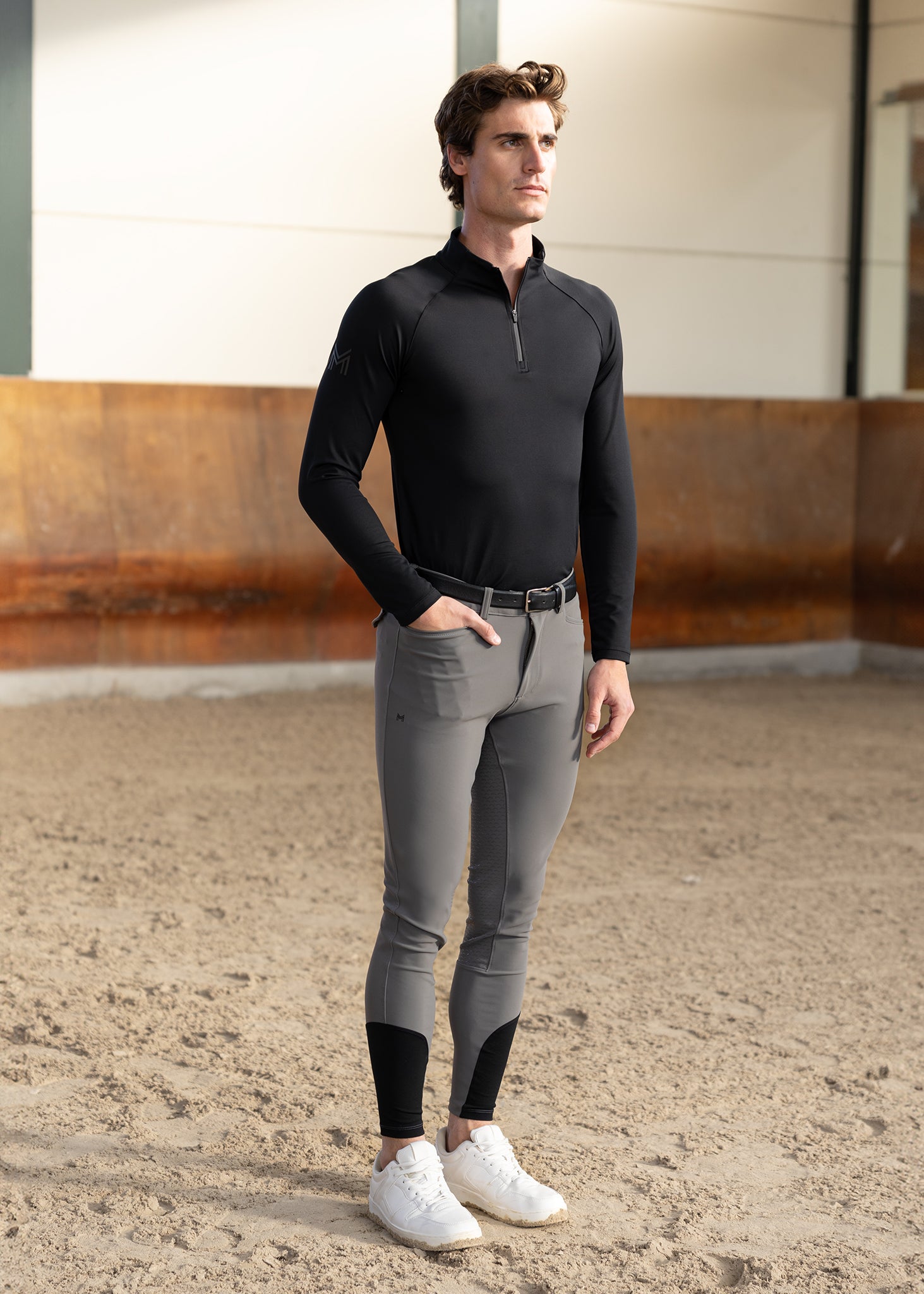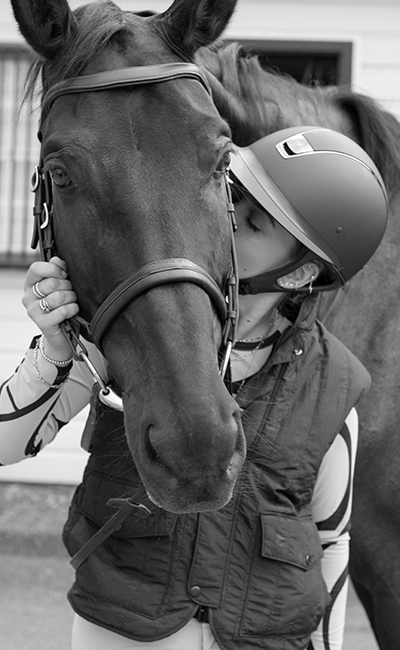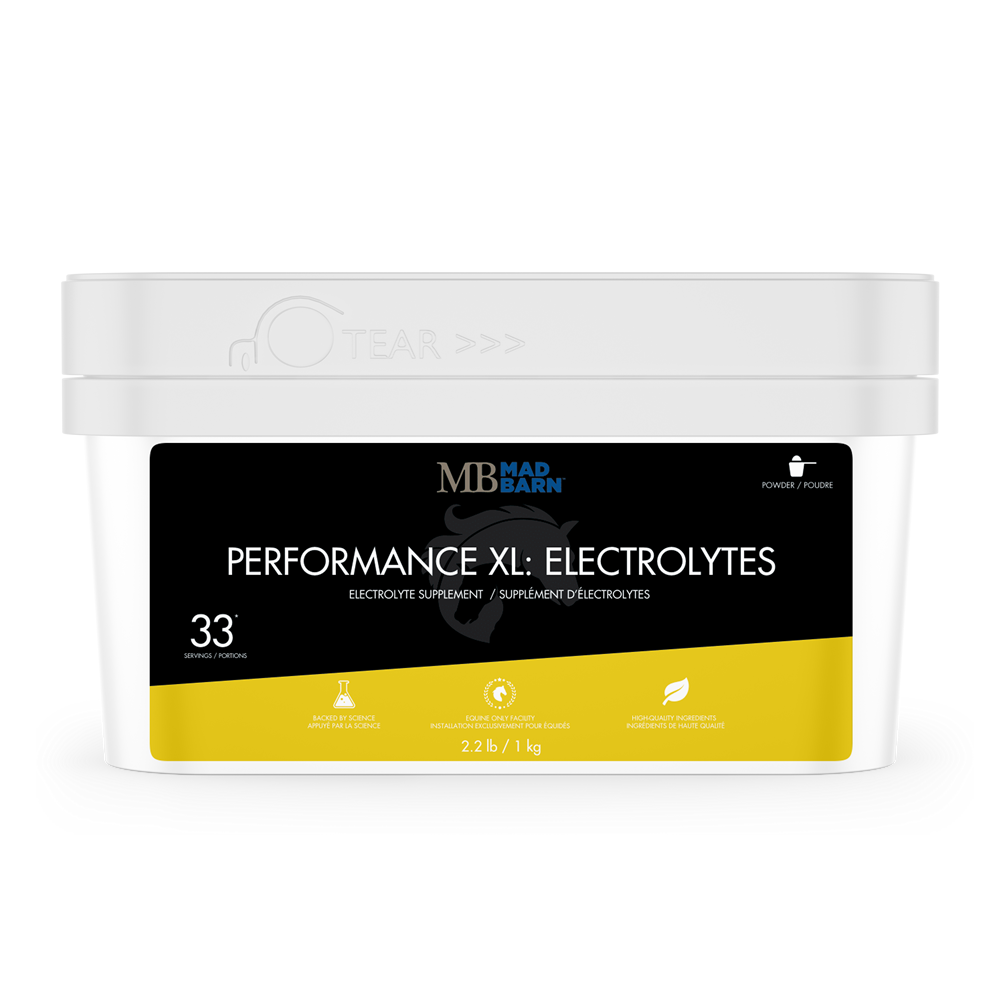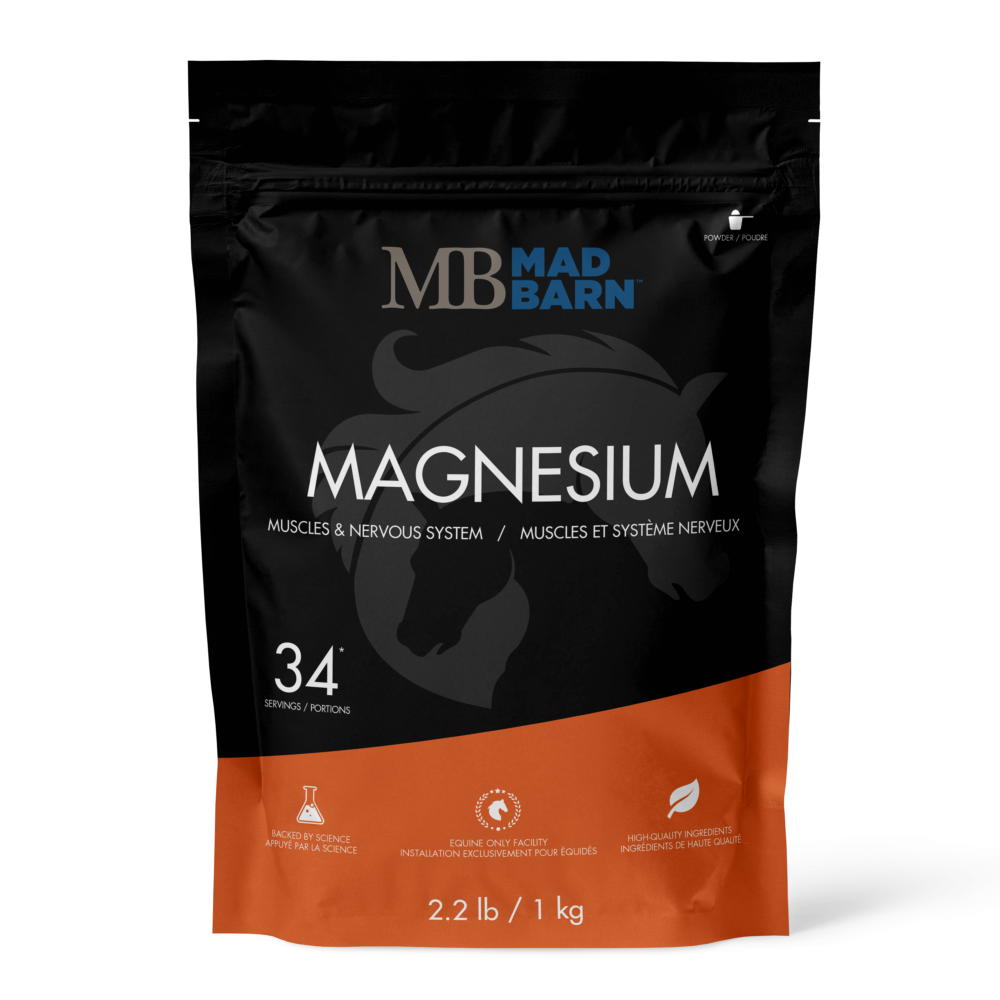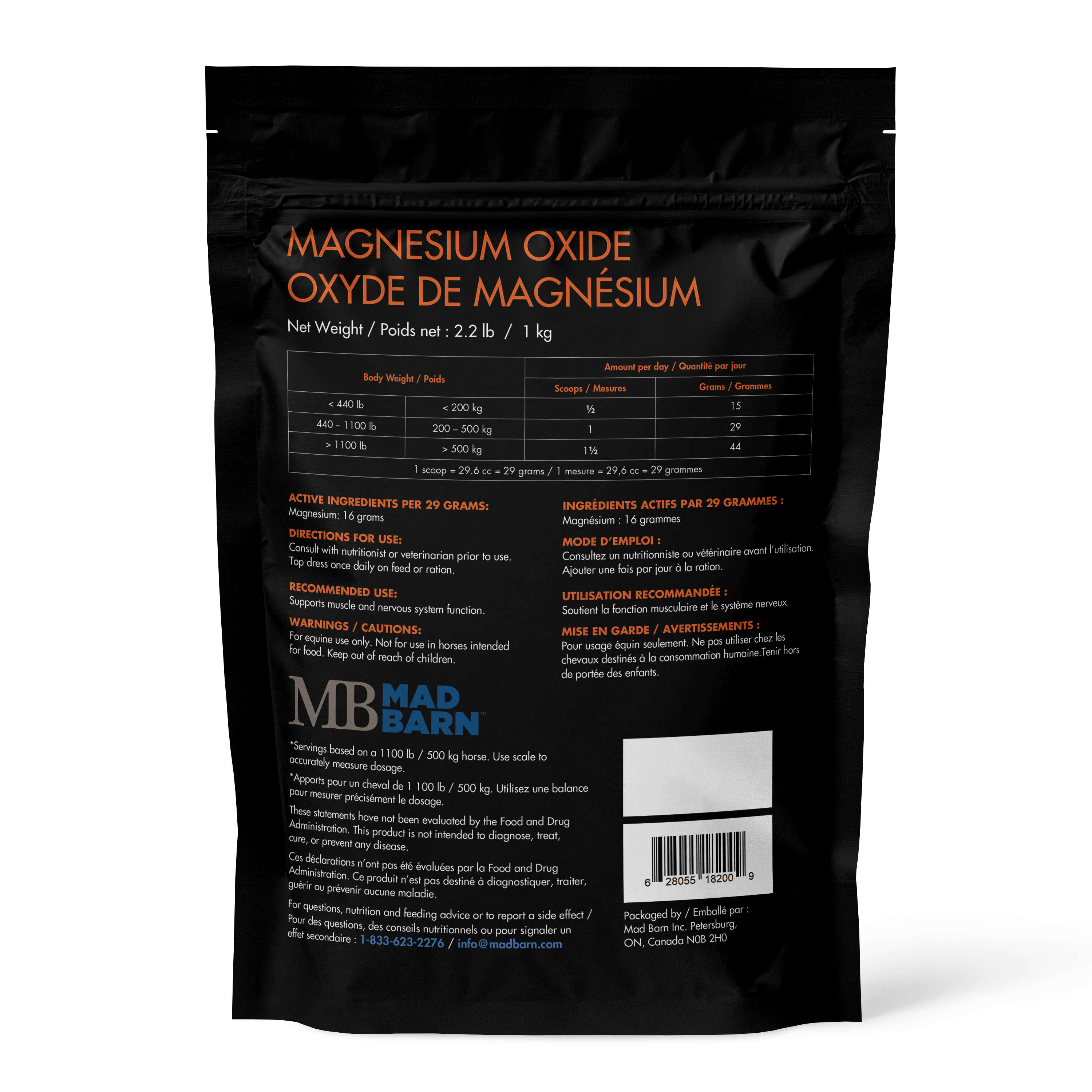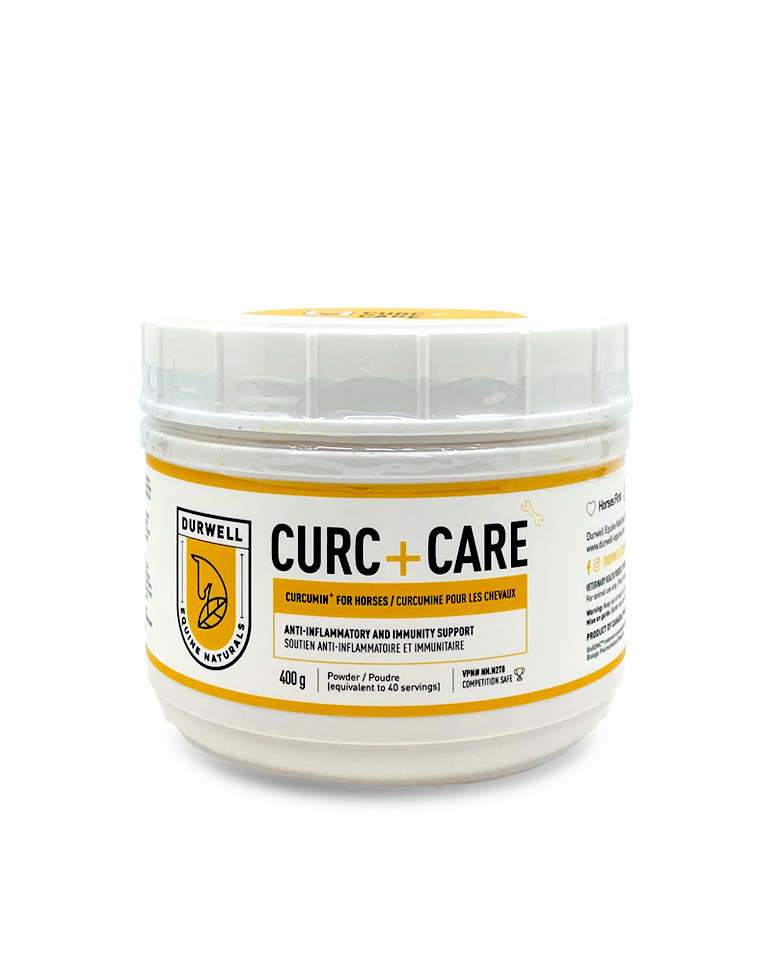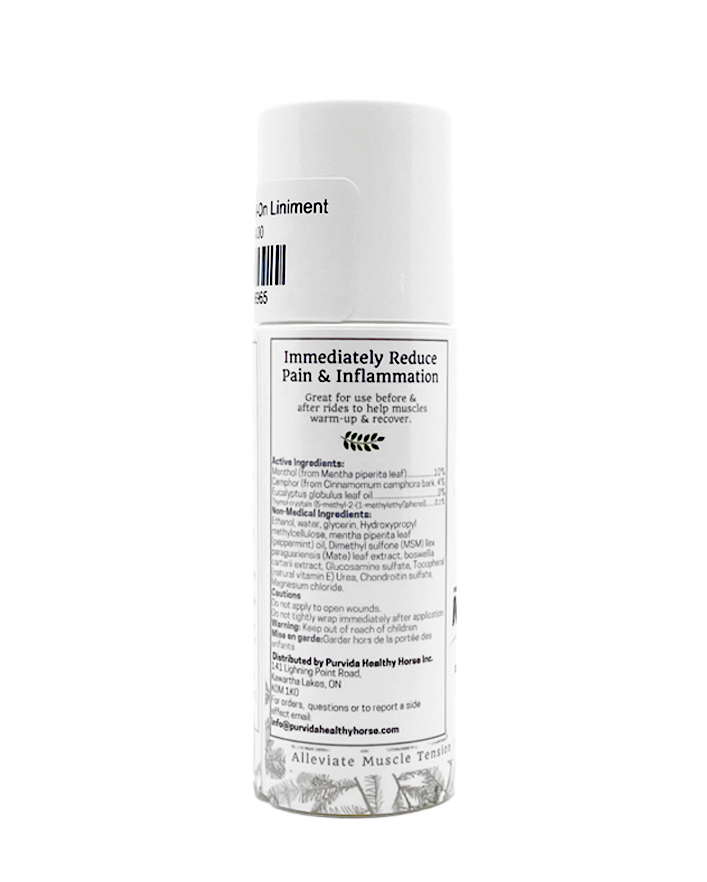Article: Managing High Heat Conditions for Horses and Riders
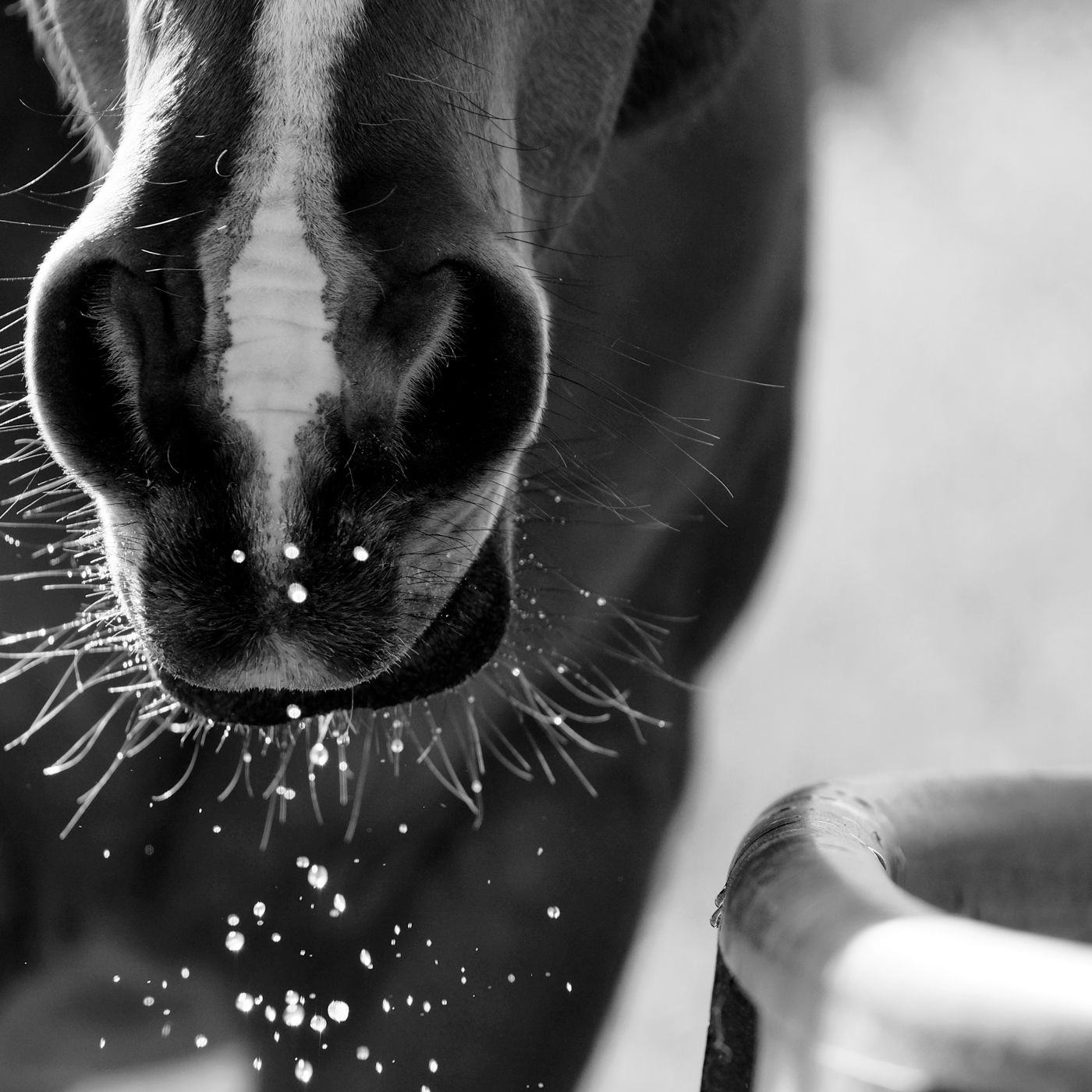
Managing High Heat Conditions for Horses and Riders
Summer is a beautiful time of year, signaling the start of show season, outdoor hacks, sunset views through pony ears, and time with friends; the end of winter and spring mud season offers a much-needed break for those in the horse world. However, equestrians know all too well that the summer brings many challenges. Whether it's avoiding sunburns, dehydration, exhaustion, or muscle and joint swelling, we share many heat-induced ailments as our four-legged friends. So, to keep you and your horses prepared for high heat conditions, we’ll explore some ways to protect you and your equine(s) during these next few months.
Quick Facts:
- Average Equine body temperature is between 37.5-38.5C (99-101.5F) (1)
- Horses can lose between 2 and 4 gallons of sweat (7.5-15 litres) an hour when working or training in a hot environment. (2)
- Heat Stress: occurs when the horse's internal cooling mechanisms stop working efficiently, and its ability to regulate its temperature is affected. (3)
- Heat Stroke: Heat stress can progress to a life-threatening condition called heat stroke. If the horse’s body temperature exceeds 40.5C (105F), the blood supply to muscles and organs begins to be affected. (4)
-
Cool horses down after a ride with relaxed walking, loosened/removed tack, and generous sponging or hosing down. (5)
- If symptoms of heat stress do not improve within 20 minutes of cooling, contact your veterinarian immediately. (6)
Understanding the Risks of High Heat
High temperatures can lead to various health issues for horses and humans, including dehydration, heat stress, and heatstroke. Horses are particularly vulnerable to heat stress when the combined temperature and humidity exceed 150. For example, if it's 90°F with 60% humidity, conditions become dangerous for horses. (7)
Below is a breakdown of how certain conditions affect both Human and Equine self-cooling capacities:
For EQUINES (8):
|
Air Temperature (F) + Relative Humidity (%) |
Horse Cooling Efficiency |
|
Less than 130 |
Most Effective |
|
130 - 150 |
Decreased |
|
Greater than 150 |
Greatly Reduced |
|
Greater than 180 |
The condition can be Fatal, if the horse is stressed. |
For HUMANS (9):
|
Air Temperature + Relative Humidity (%) |
Effect on People |
|
80-90 F (27-32 C) |
Caution – fatigue is possible with prolonged exposure and physical activity. May result in heat cramps. |
|
90-105 F (32-41 C) |
Extreme Caution – Heat Cramps and Heat Exhaustion are possible. Continuing activity could lead to heat stroke. |
|
105-130 F (41-54 C) |
Danger – Heat cramps and heat exhaustion are likely; heat stroke is probable with continued activity. |
|
Above 130 F (54 C) |
Extreme Danger – Heat Stroke |
Signs of Heat Stress in Horses
In hot weather, it is important to act fast! Knowing how to identify heat stroke and heat stress in horses is essential and can save lives.(10)
If you notice any of the following symptoms/clinical signs of heat stress identified by our friends at MadBarn, cease all physical activity and take your horse to be cooled down (11):
- High rectal temperature (103-107F or 39.5-41.5C).
- Increased heart rate at rest.
- Rapid breathing and flared nostrils at rest.
- Dehydration – loss of skin elasticity, tacky gums, sunken eyes, and reduced urine output.
- Exhaustion or lethargy.
- Excessive sweating and skin that is hot to the touch.
- Reduced feed intake.
What to Do
Hydration and Nutritional Support
One of the most critical aspects of managing horses in high heat is ensuring they have constant access to fresh, clean water. Horses can drink up to 10 gallons of water daily under normal conditions, but this can double in hot weather. (12)
Proper nutrition plays a vital role in helping horses cope with the heat. Electrolytes are essential in replacing minerals lost through sweat. To replenish your horses’ electrolytes, incorporate MadBarn’s Performance XL Electrolytes into fresh, clean water to support your horse during periods of high heat. Moreover, Magnesium is lost in horses' sweat. It is important to ensure it is replenished as it aids in electrolyte balance and oxygen delivery to muscles, enables muscle relaxation, and can support recovery to ease cramping following heavy work. (13)
As with humans, heat and exercise bring on muscle and joint swelling in horses. To keep symptoms at bay, consider implementing Durwell Equine Natural’s Curc+Care: Anti-Inflammatory and Immunity Support to your horses supplement regime, as it works in a matter of hours rather than days to provide rapid relief by supporting optimal performance on the strength of 30% bisdemethoxycurcumin (BDMC), compared to the 1-3% BDMC found in regular curcumin extract. (14)
Cooling and Healing Strategies
To help horses cool down, implement strategies such as hosing them down with cool water, offering fans, and avoiding intense work during peak heat hours. Cooling the large blood vessels on the underside of the neck and between the hind legs can be particularly effective.
Additionally, utilizing a liniment such as Purvida’s Roll-On can be particularly beneficial after they’ve been sponged or hosed down, as the formula is scientifically proven to reduce pain & inflammation immediately. (15) Powered by MuscleCare, ingredients like Magnesium, MSM, and chondroitin relax muscle tension, improve circulation, promote healing, & reset the muscle at its average resting length. (16) The roll-on applicator makes it easy to apply to your horse's legs, back, neck, and shoulders before & after your ride.
Monitoring and Adjusting
Regularly monitor your horse for signs of heat stress, such as excessive sweating, rapid breathing, lethargy, or an elevated heart rate. Adjust their routine to minimize heat exposure and ensure they remain comfortable and healthy.
By following these guidelines and utilizing the appropriate products, you can effectively manage your horse's well-being during high-heat conditions, ensuring a safe and enjoyable summer for you and your equine companion.
Disclaimer:
This blog is informational and does not constitute professional veterinary advice. Always consult your veterinarian for any health concerns regarding your horses. This is not medical advice for humans; please contact medical professionals for concerns or management of your health.
References:
1. Baker, Sophie. "Help Your Horse Loosen and Relax..." Federation Equestre Internationale, February 7, 2023. https://www.fei.org/stories/lifestyle/teach-me/cooling-down-correctly-after-ride.
2. “CURC + Care: Anti-Inflammatory and Immune Support for Horses.” Durwell Equine Naturals. Accessed June 18, 2024. https://durwell-equine.com/products/curc-care-horse-anti-inflammatory-supplement.
3. Martinson, Krishona, Marcia Hathaway, Christie Ward, and Roy Johnson. “Caring for Horses during Hot Weather.” Caring for horses in hot weather. https://extension.umn.edu/horse-care-and-management/caring-horses-during-hot-weather.
4. McNeill, Camryn. “Heat Stress in Horses: Signs, Treatment & Prevention: Mad Barn.” Mad Barn Canada, May 4, 2024. https://madbarn.ca/heat-stress-in-horses/.
5. “Roll-on Liniment.” Purvida Healthy Horse. Accessed June 18, 2024. https://purvidahealthyhorse.com/products/roll-on-relief-liniment.
6. US Department of Commerce, NOAA. “What Is the Heat Index?” National Weather Service, August 8, 2023. https://www.weather.gov/ama/heatindex.





